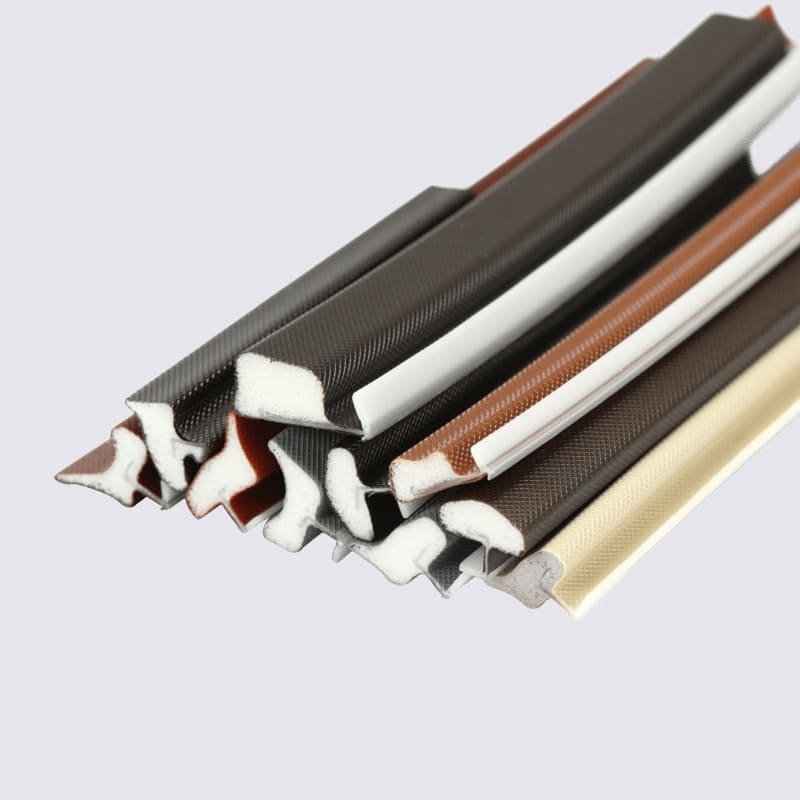Imagine a big city where buildings get hit with all kinds of weather. You, the wholesaler, are the unsung hero who protects and secures. But here’s the problem: how do you choose the right weatherstripping when there are so many options? This guide will show you how. I’ll give you a little bit of inside information and some practical advice to help you turn your inventory into energy-efficient, protective products.
When you choose weatherstripping, you need to think about how well it will hold up against the weather, temperature changes, and physical wear and tear. The best choice depends on where you’re using them. Some types are great indoors, some are great outdoors, and some are great in high-traffic areas.
So, where do you start to make informed choices?
- V-Strips (Tension Seals): These are great for doors and windows that need to keep a tight seal. They’re durable and long-lasting, which makes them perfect for places that get a lot of action.
- Foam Tape: This versatile option can fill in uneven gaps and is easy to apply, making it a go-to for fast fixes.
- Door Sweeps: Essential for sealing the gap beneath doors, especially effective on uneven surfaces, door sweeps are great for stopping drafts and saving energy.
The Benefits of Quality Weatherstripping
- Energy Efficiency: When you put in weatherstripping correctly, you save a ton of money on heating and cooling because you’re not letting air leak out.
- Comfort: A well-sealed environment is draft-free, which makes it more comfortable inside.
- Protection: High-quality seals keep out dust, bugs, and water, protecting the inside of the building.
Installation Tips for Maximum Effectiveness
- Measure Properly: Making sure you get the right measurements means you’ll buy the right length and width for the job.
- Different types of doors and windows may require different strategies to effectively seal them.
- Maintenance Tips: Regular checks and maintenance can help weatherstripping last longer and continue to do its job.
Choosing Weatherstripping for Different Climates
- Cold Climates: Look for materials that keep cold air out and prevent heat loss.
- Warm Climates: In hot and humid areas, choose weatherstripping that can withstand these conditions without breaking down.
Selecting the Right Weatherstripping for Various Window Types
- Sliding Windows: You need solutions that seal well but still allow the window to slide smoothly.
- Casement Windows: Look for types that create a good seal when the window is closed to prevent air leaks.
Summary:
In summary, picking the right weatherstripping is important for energy efficiency, comfort, and protection from the elements. By understanding the different types available, their benefits, and the unique needs dictated by different climates and window configurations, wholesalers can educate their customers and help them choose the best solutions for every application.


